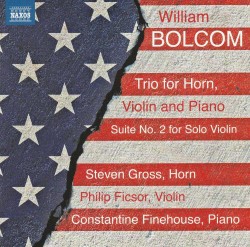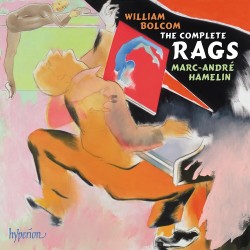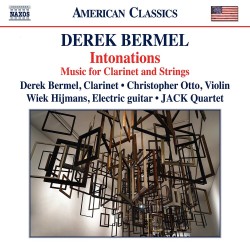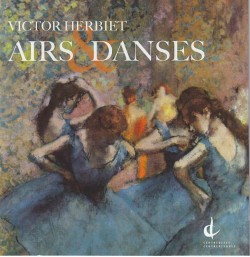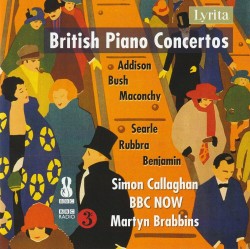Calques: Morton Feldman; Karl Naegelen - Quatuor Umlaut; Joris Rüůhl
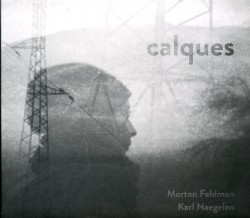 Calques: Morton Feldman; Karl Naegelen
Calques: Morton Feldman; Karl Naegelen
Quatuor Umlaut; Joris Rüůhl
Umlaut Records UMFR-CD 37 (umlautrecords.com)
Connecting the common threads between French composer Karl Naegelen’s Calques and US composer Morton Feldman’s Clarinet and string quartet, Paris-based Quatuor Umlaut and clarinetist Joris Rühl emphasize indeterminacy but add enough variations to counter shifts towards the soporific. Together violinists Amaryllis Billet and Anna Jalving, violist Fanny Paccoud and cellist Sarah Ledoux project a unison sound. Yet with shaded glissandi plus expanding and compressing textures, their harmonies can crackle like electronics or vibrate like a single long string. This serves as perfect counterpoint to the split tones, near inaudible whistles, hollow puffs and clarion peeps from Rühl, who is equally involved with free improvisation. The resulting shaded drone adds a warmer thrust to Naegelen’s composition, especially when it’s completed with a concentrated pipe-organ-like throb from all five.
Feldman’s piece often cushions woody clarinet tones within luminous coordinated string harmonies for a warmer and gentler exposition. While this gentling motif reappears frequently, other sequences have the layered strings shimmering upwards or the clarinetist moving from mid-range acquiescence to project tongue slaps and higher-pitched trilling arabesques. Sliding among the unison string coordination, these timbral reed variations create a darker interface as low-pitched cello strokes are contrasted with pizzicato plucks from the others’ elevated tones. Return to the initial indeterminate but repeated introductory passage confirms both the underlying malleability of what could be a static form and the urbanity of the musicians’ interpretation and linkage to a more contemporary composition.


